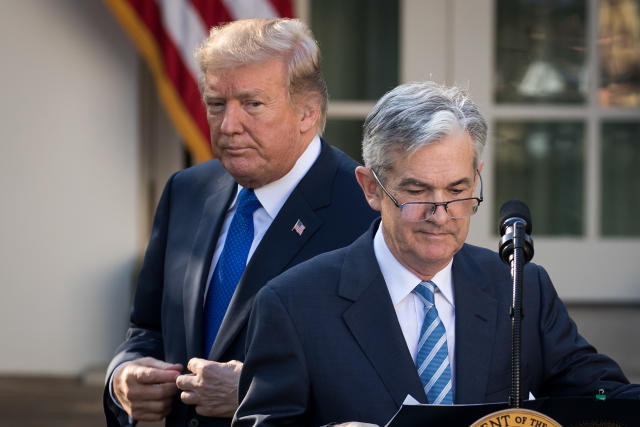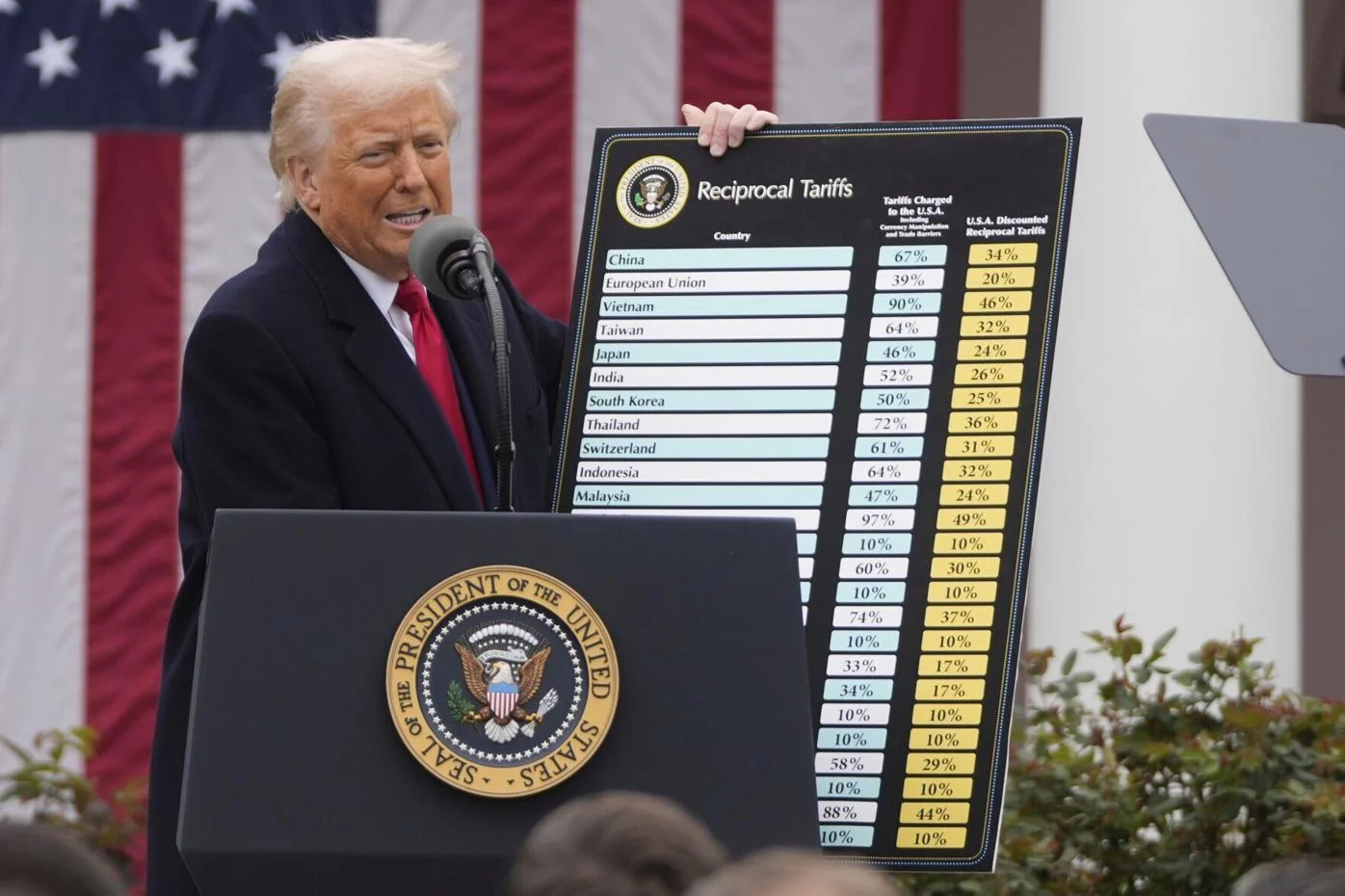Trump Pressures Fed Chair Powell Amid Economic Policy Clash
In a significant escalation of his long-standing criticism, President Donald Trump has intensified calls to remove Federal Reserve Chairman Jerome Powell, citing dissatisfaction with the central bank’s interest rate policies. Trump’s push to assert greater White House influence over the Federal Reserve marks a pivotal moment in the ongoing debate over the central bank’s independence.
Trump, who originally appointed Powell in 2017, has expressed frustration over the Fed’s reluctance to implement aggressive interest rate cuts. He argues that such measures are essential to counteract the economic impact of his administration’s tariff policies and to stimulate growth. “Every time we do something great, he raises the interest rates,” Trump remarked, suggesting that Powell’s actions threaten economic progress.
Despite Trump’s assertions, legal experts highlight that the Federal Reserve Act permits the removal of a Fed Chair only “for cause,” typically interpreted as misconduct or incapacity, not policy disagreements. Powell, reaffirming the Fed’s autonomy, stated he would not resign if asked and emphasized that it’s “not permitted under the law” for the President to dismiss him over policy differences.
The tension between the White House and the Federal Reserve has sparked discussions about potential avenues for Trump to influence monetary policy. One possibility involves leveraging a pending Supreme Court case that could redefine presidential authority over independent agencies, potentially impacting the Fed’s structure. Another approach might see Trump appointing Fed governors sympathetic to his economic vision, thereby swaying policy decisions.
Critics warn that undermining the Fed’s independence could destabilize financial markets and erode investor confidence. Historically, the central bank’s autonomy has been viewed as crucial for making impartial decisions aimed at maintaining economic stability. However, Trump’s supporters argue that the President should have a more direct role in shaping monetary policy, especially when it significantly affects national economic objectives.
The debate over the Fed’s independence is not new, but Trump’s assertive stance brings renewed focus to the issue. Advocates for increased executive oversight contend that aligning the Fed’s actions with the administration’s economic goals could lead to more cohesive and effective policy implementation. They point to instances where misaligned fiscal and monetary policies have led to suboptimal economic outcomes.
Powell, for his part, maintains that the Fed’s decisions are data-driven and apolitical. He warns that succumbing to political pressure could compromise the central bank’s credibility and its ability to manage inflation and employment effectively. “We think about what’s the right thing to do for the economy,” Powell stated, underscoring the importance of maintaining the Fed’s nonpartisan stance.
As the situation unfolds, the financial community remains watchful. Any significant changes to the Fed’s leadership or its relationship with the executive branch could have far-reaching implications for monetary policy and economic stability. Investors and policymakers alike are assessing the potential impacts of increased political influence over the central bank.
Trump’s approach reflects a broader philosophy that prioritizes assertive executive action to achieve economic objectives. His administration’s focus on deregulation, tax reform, and trade policy underscores a commitment to reshaping the economic landscape in line with conservative principles. In this context, seeking greater control over the Federal Reserve aligns with efforts to ensure that monetary policy supports these broader goals.
The coming months will be critical in determining the balance of power between the White House and the Federal Reserve. Legal challenges, potential legislative actions, and shifts in public opinion could all influence the outcome. As debates continue, the core question remains: how should the United States balance the need for an independent central bank with the desire for cohesive economic policy directed by elected officials?
For now, Powell remains at the helm of the Federal Reserve, steadfast in his commitment to data-driven decision-making. However, with mounting pressure from the White House and ongoing legal uncertainties, the future of the Fed’s independence hangs in the balance. Observers across the political spectrum will be closely monitoring developments as this high-stakes power struggle unfolds.
In the broader context, this confrontation underscores the enduring tension between independent institutions and executive authority—a dynamic that continues to shape the contours of American governance and economic policy.





